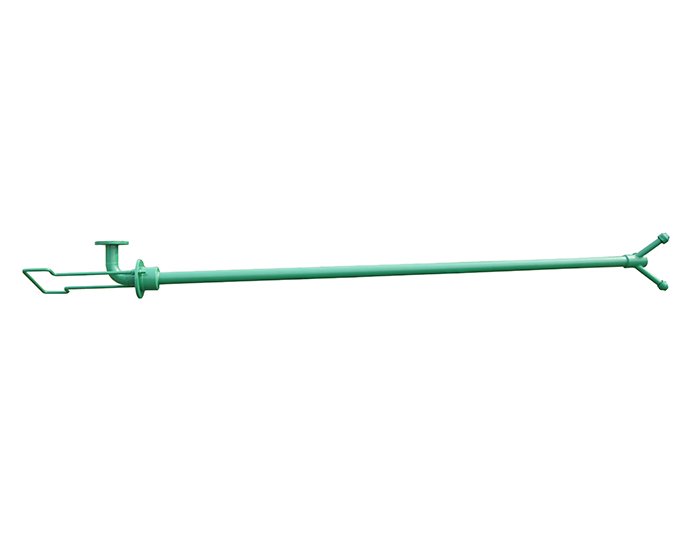Overview of Solids Control Jet Mud Mixing Pump Prices in China
In the realm of oilfield drilling operations, the efficient management of drilling fluids is crucial for maintaining wellbore stability, enhancing drilling performance, and ensuring environmental protection. One key piece of equipment that aids in this endeavor is the solids control jet mud mixing pump. This article delves into the prices of these pumps in China, exploring various factors that influence their costs, and offering insights into market trends.
Introduction to Jet Mud Mixing Pumps
Jet mud mixing pumps are specialized devices used to mix drilling mud, a critical component in the drilling process. The drilling mud serves multiple purposes, including cooling the drill bit, transporting cuttings to the surface, and preventing the collapse of the wellbore. Jet mud mixing pumps improve the efficiency of this process by ensuring a uniform mixture of solids and liquids before the mud is pumped down the drill string.
Factors Affecting Prices
The prices of jet mud mixing pumps in China can vary significantly based on several factors. Understanding these variables is essential for drilling operators looking to budget for their equipment needs.
1. Pump Specifications Different models of jet mud mixing pumps come with varying capacities and features. Higher capacity pumps that are designed for more demanding drilling conditions tend to cost more. Features such as anti-corrosion materials, advanced automation, and portability can also drive up the price.
2. Brand Reputation Established manufacturers with a history of reliability and performance may charge a premium for their products. Brands with strong after-sales support and readily available spare parts typically command higher prices due to their perceived value in the market.
3. Market Demand and Supply Fluctuations in demand due to changes in the oil and gas industry can impact pricing. During periods of high oil prices, the demand for drilling rigs and related equipment rises, potentially leading to increased prices for jet mud mixing pumps. Conversely, during downturns, prices may decrease as supply outpaces demand.
solids control jet mud mixing pump prices china
4. Technological Advancements As technology progresses, so does the capability of mud mixing pumps. Newer models may incorporate features such as energy efficiency or improved mixing capabilities, which can lead to higher prices compared to older equipment.
5. Customization Custom-built pumps tailored to specific drilling needs can be significantly more expensive than standard models. Customization often involves additional engineering and manufacturing processes that contribute to the overall cost.
Current Market Prices in China
As of 2023, the prices for jet mud mixing pumps in China generally range from approximately $5,000 to $30,000, depending on the factors outlined above. Entry-level models suitable for less demanding conditions are available at lower price points, while high-capacity, advanced units designed for rigorous applications can reach upwards of $30,000.
Moreover, the Chinese market benefits from a robust manufacturing base, leading to increased competition and a wider array of choices for consumers. This competition helps to stabilize prices and provides opportunities for buyers to find pumps that fit their budget and operational requirements.
Conclusion
Investing in a solids control jet mud mixing pump is a critical decision for drilling operators, and understanding the price dynamics in China is essential for making informed choices. By considering the specifications, brand reputation, market conditions, technological advancements, and customization options, operators can better navigate the complexities of the purchasing process.
As the demand for efficient drilling solutions continues to grow alongside global energy needs, jet mud mixing pumps will remain a vital component in the toolbox of modern drilling operations. Keeping abreast of market trends and price shifts will empower operators to make strategic decisions that align with their operational goals and financial constraints.
 Linear Motion Shale Shaker In Drilling Rig
Linear Motion Shale Shaker In Drilling Rig  Oilfield Mud Cleaner
Oilfield Mud Cleaner  Drilling Fluid Decanter Centrifuge
Drilling Fluid Decanter Centrifuge  Drilling Mud Desander
Drilling Mud Desander  Hydrocyclone Desilter
Hydrocyclone Desilter  Centrifugal Pump/Centrifugal Mud Pump
Centrifugal Pump/Centrifugal Mud Pump  Shear Pump
Shear Pump  Jet Mud Mixer
Jet Mud Mixer  Horizontal Mud Agitator
Horizontal Mud Agitator  Constant Pressure Drilling Fluid Mud Gas Separator
Constant Pressure Drilling Fluid Mud Gas Separator  Mud Gun
Mud Gun  Mud Tank
Mud Tank  Solids Control System Vacuum Degasser
Solids Control System Vacuum Degasser  Flare Ignition Device
Flare Ignition Device  Diesel Tank
Diesel Tank  Submersible Slurry Pump
Submersible Slurry Pump 





































